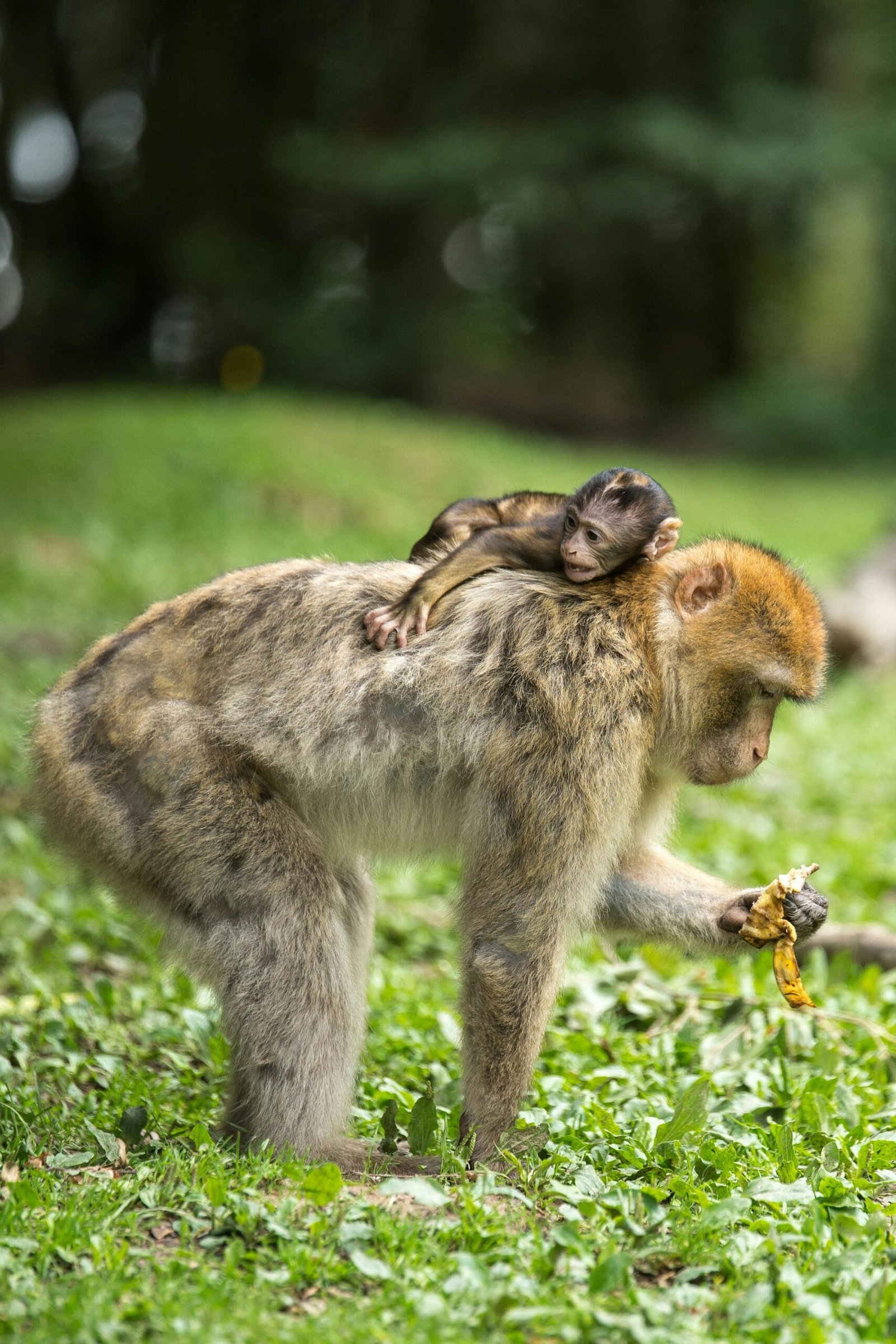Gorillas, our majestic relatives in the wild, live in complex social groups that are fascinating to explore. These groups, often referred to by specific terms, play a crucial role in the survival and dynamics of gorilla communities. Let’s delve into what a group of gorillas is called, their composition, hierarchy, and the significance of these social structures in their natural habitat.
What is a Group of Gorillas Called?
A group of gorillas is commonly known as a troop or a band. These terms describe a cohesive family unit led by a dominant silverback male, who plays a pivotal role in the group’s activities and interactions.
Composition of a Gorilla Troop
Dominant Silverback:
- The troop is typically led by a dominant silverback gorilla, distinguished by his large size, impressive silver-gray back, and leadership qualities.
- He makes decisions regarding foraging locations, movements within their territory, and protection of the group from threats.
Females and Offspring:
- A typical troop includes several females, known as females or cows, and their offspring, including infants and juveniles.
- Females play essential roles in raising young gorillas, teaching them social behaviors, and contributing to the group’s cohesion.
Subordinate Males:
- Younger males who have not yet established their own troops may remain within their natal troop as subordinate members.
- They assist the dominant silverback in defending the group and may eventually challenge for dominance as they mature.
Social Hierarchy and Dynamics
Role of the Silverback:
- The silverback gorilla maintains order within the troop, resolves conflicts, and ensures the safety and well-being of its members.
- His dominance is asserted through vocalizations, physical displays like chest-beating, and grooming rituals with group members.
Communication and Bonding:
- Gorillas communicate through a variety of vocalizations, gestures, and facial expressions, which are crucial for maintaining social bonds and conveying emotions.
- Grooming sessions among troop members strengthen social ties, promote hygiene, and help in parasite removal.
Conservation and Protection of Gorilla Troops
Threats to Troop Survival:
- Gorilla troops face numerous threats in the wild, including habitat loss due to deforestation, illegal hunting for bushmeat, and diseases such as Ebola.
- Human-wildlife conflict and climate change further endanger their habitats and food sources.
Conservation Efforts:
- Conservation organizations work to protect gorilla habitats through the establishment and management of protected areas and national parks.
- Community engagement initiatives promote sustainable practices, provide alternative livelihoods, and raise awareness about the importance of gorilla conservation.
Conclusion
Understanding the structure and dynamics of gorilla troops provides insights into their social complexity and the challenges they face in their natural environment. By safeguarding their habitats and promoting conservation efforts, we can ensure the continued survival and well-being of these iconic species for future generations.



